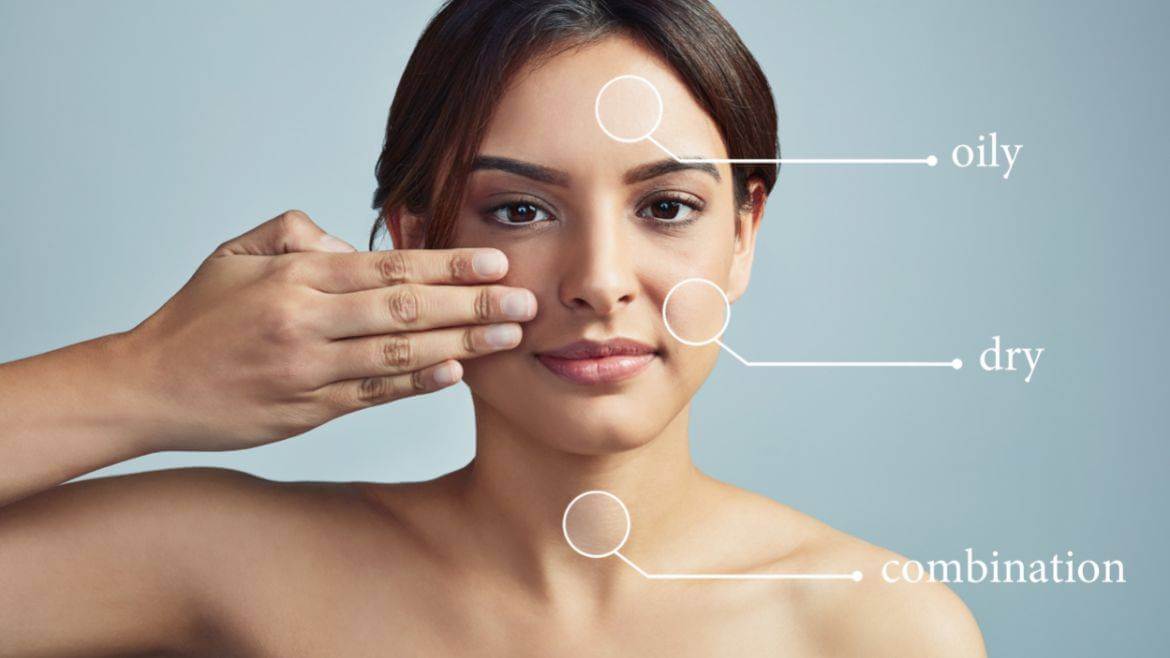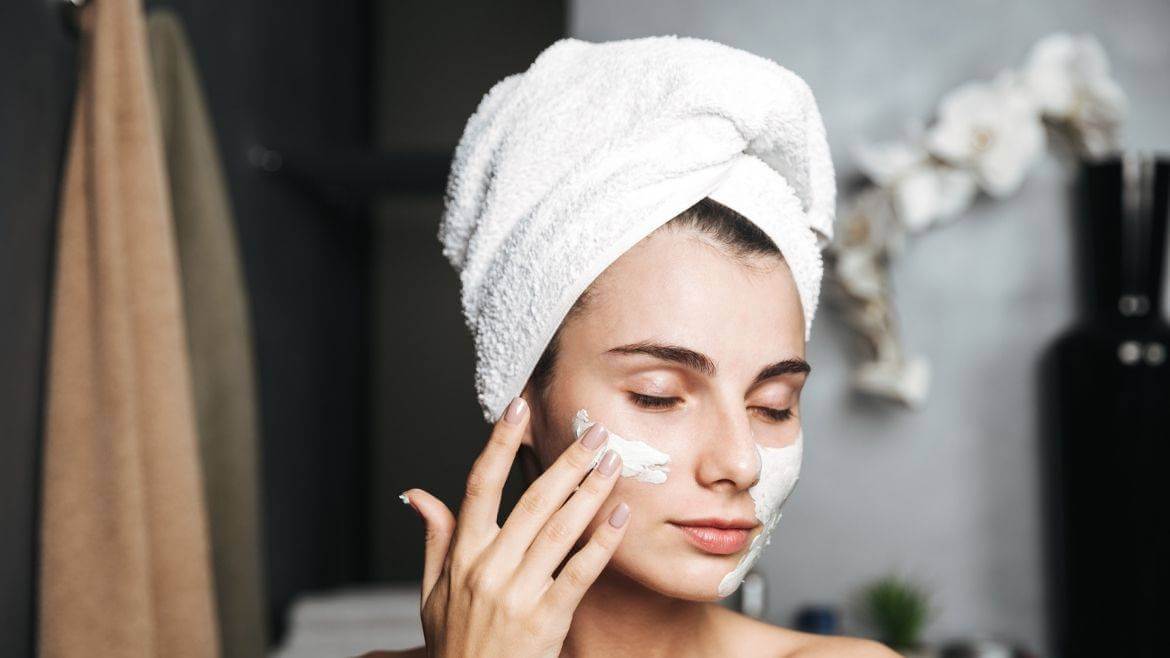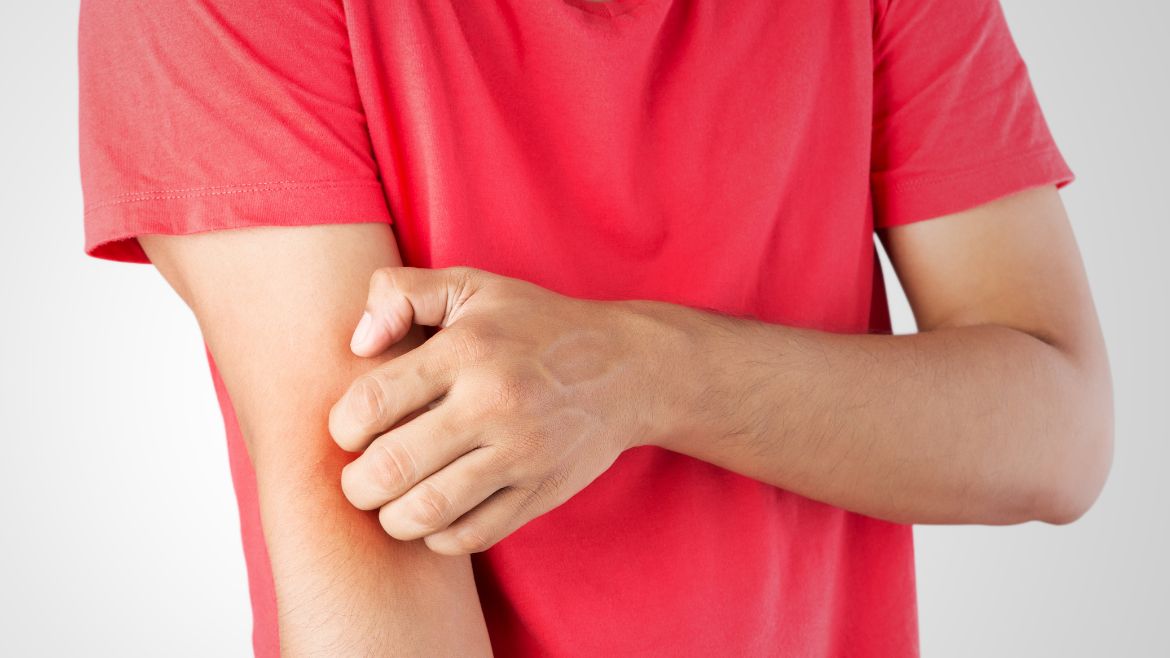While skin can be categorized into five types, it’s important to understand one’s skin pattern to give it the right kind of care and protection over the period.
How to Identify Your Skin Type?
Simple observation can reveal your skin type with the help of two tests carried out at home. Before jumping into the solutions, let’s have a quick intro hereby.
Types of Skin and Their Features
1. Oily- It causes the skin to produce excessive sebum which accounts for a glossy and sticky feeling, especially in the T-Zone. Such a pattern consists of big pores, thereby triggering acne problems.
2. Dry- It leads to a dullness which can get rough, chappy, or scaly at times. Also, it makes up for a tight feeling with an increased likelihood of having prominent lines. Apart from that, it might develop itchiness or irritation.
3. Normal- It caters to a balanced property and consists of small pores backed by even texture. Also, it’s more resistant to sensitivity or incidence of breakouts.
4. Combination- It comprises dry and oily patches. However, usually, the T-zone stays oily while the cheeks remain either parched or normal.
5. Sensitive- It can accompany an oily, dry or normal pattern marked by sensitivity. Irrespective of the skin type, it might leave one with redness, burning sensation, itchiness, or dryness. Such symptoms might be related to the skin type that can be vulnerable to external agents, for example dyes, perfumes, or ambient factors.
If You Can’t Yet Decide on Your Skin Type, the Tests Listed Below Would Serve as a Handy Reference.
1. Watching and waiting
It’s an at-home test that tests the skin’s reactions post-cleansing. Firstly, get started with washing your face and dry it out. After 30 mins, oily skin would give a satiny finish. Either way, if it feels less elastic with flakes or scales showing off, know that it’s dry skin. If the lustrous look persists only in the t-zone, it would be combination skin. Meanwhile, if it feels moisturized and comfortable(not oily), it’s a normal skin type.
2. Blotting sheets
When pressed against the skin, it soaks oil and thus can determine one’s skin type. Wash your skin first and let it dry. After 30 mins, press the sheet on your face and hold it up in the light to see if there are any oil tracings. If the sheets reflect too much oil, be sure that it’s oily skin. If it absorbs less or no oil, it’s none other than dry skin.If it shows little oil from T-zone, combination skin is the type. Lastly, if it records less amount of oil from every face part, it’s normal skin.
It must be noted that regardless of the skin pattern, one might be sensitive or prone to pimple problems, although people with normal skin are less likely to show such signs. But, getting hold of the right products can help address the issues effectively.
It’s high time to kick off your skincare routine by finding out the skin type beforehand! Are you ready for the endeavor?



